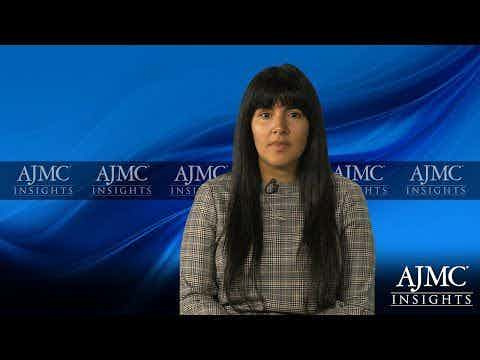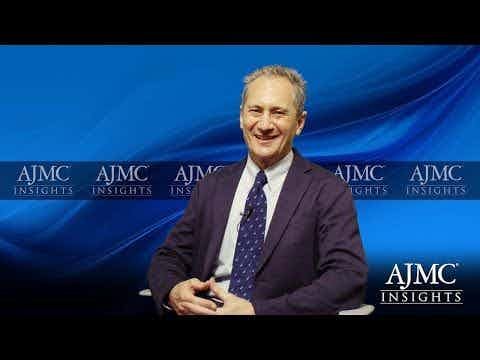Video
Drug Therapy & Liver Transplant for Advanced Fibrosis/NASH
An overview of pharmacotherapy options under investigation or used off-label for the treatment of advanced fibrosis due to nonalcoholic steatohepatitis, and considerations for recommending a patient for a liver transplant.
Transcript
Mazen Noureddin, MD: One of the very important points that people have been discussing in this field is when to start therapy on these patients, especially with the high prevalence of the disease. We know for sure that patients with NAFLD [nonalcoholic fatty liver disease] or steatohepatitis don’t need therapies right away. However, you better manage their comorbidities. Ask them to lose weight if they’re overweight, and control their diabetes. But losing weight is the most important factor. Once you develop NASH [nonalcoholic steatohepatitis], the current guidelines recommend treatment. This is recommended in both the European as well as the American guidelines. They say you may start if you have a biopsy-proved case of NASH.
Nevertheless, as I mentioned, in the last year and a half or so, and since these guidelines published, there are newly emerging data revealing that people with advanced fibrosis are the ones with increased morbidities and mortalities. Therefore, we feel that people with significant or advanced fibrosis are the ones who should be targeted for future therapies. Most importantly, fibrosis needs to be reversed on these patients.
Viviana Figueroa Diaz, MD: Besides lifestyle modifications and treatment of the risk factors, there’s really no approved pharmacotherapy for NASH and advanced fibrosis. There are ongoing clinical trials, but otherwise we have very limited options right now, besides what we spoke about. Hopefully in the future we will have some pharmacotherapy to aid in the resolution of NASH and advanced fibrosis, but right now we’re just counting on lifestyle modifications, mostly.
Norman Sussman, MD: In terms of medications currently available, there are drugs that help people lose weight. They’re quite effective, and I recommend that people use those if necessary. Some studies have suggested that vitamin E may be helpful. There is a little bit of controversy about that. And there is another medication for diabetes: pioglitazone. Both of those were studied. They make a small difference. Their value is really not anything like the value people get simply by improving their lifestyle and improving their overall health.
In terms of medications that are currently in development, there are a number of drugs. Some of them have already failed, and some are still being tested. They address the components of NASH, which are fat accumulation, inflammation, and fibrosis for laying down the scar tissue. One of the drugs has had positive results and may be released in 2020.
Since many of these people have type 2 diabetes, metformin is a logical starting point. Some of the other medications are not quite as useful.
The class I really like is the incretin agonist drug class, which is currently approved for diabetes and weight loss. They solve 2 problems at the same time. They do have some adverse effects, but they are very effective in helping people with fatty liver. An important clinical trial is going on right now.
The incretin agonists have some adverse effects, and many people don’t like those. But they definitely help with blood sugar control and appetite control.
As far as the drug that’s currently under review by the FDA, that drug also has a number of adverse effects. People will have to decide whether the adverse effects are worth the benefit.
There are really 2 classes of people who need a liver transplant: those who have advanced fibrosis—they progress to cirrhosis with complications—and those who develop liver cancer. Dealing with liver cancer first, some people develop that fairly early, even before they had liver failure. It’s very important to recognize advanced fibrosis early. We have to screen those people regularly. People who present with large cancers are really not easily managed. We don’t transplant them, and they have to rely on chemotherapy that is partially effective.
Recognizing cancer early allows us to treat the people, manage their cancer, and get them transplanted in time. As far as liver failure goes, liver failure is based on how badly your liver is functioning. Those people have to be pretty ill before they get a transplant. That means they’ve had a long period for which they may have had very severe health problems, multiple hospitalizations, and severe malnutrition, and [they may] have depleted their family savings. It’s really a huge burden to get through all that and then get a transplant. On the good side, the people who get transplanted usually have excellent outcomes, so we expect a very high recovery rate and survival in those people.



